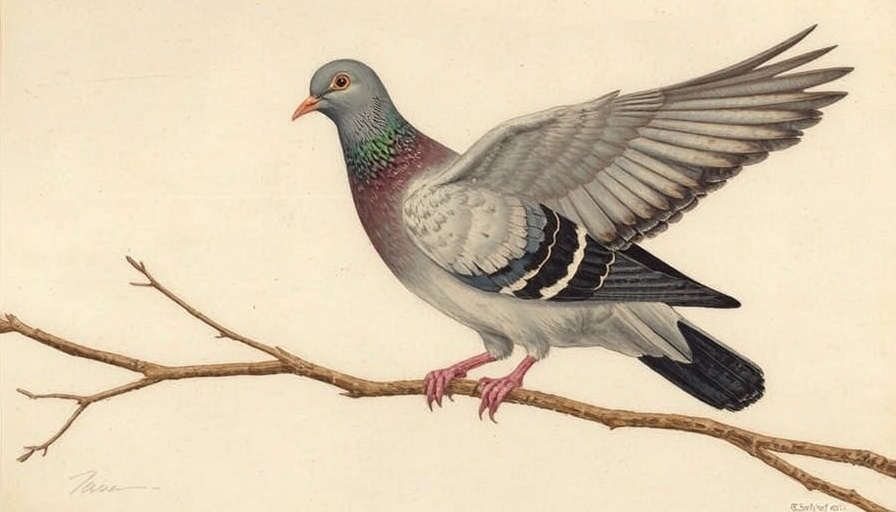
Discovering the Extraordinary Sight of Owls
The world of owls is truly captivating, and their eyes are a vital aspect of what makes them so intriguing. Take the Great Gray Owl, for example. Standing at a remarkable two feet tall and weighing in at just 2½ pounds, this majestic bird possesses eyes that are larger than those of most humans. It is this astonishing adaptation that allows owls to see exceptionally well in near darkness.
The Superhuman Abilities Behind Those Eyes
These large eyes are designed for night vision, making them a crucial predator in low-light environments. Their retinal structure is remarkably similar to that of cats, known for their impressive ability to see in the dark. However, owls are not just limited to nighttime hunting; they can also see during the day, albeit with a possibly limited color spectrum. This dual ability showcases an incredible evolutionary adaptation that aids in their survival.
How Anatomy Influences Behavior
Despite their large eyes, there’s a fascinating compromise within their anatomy: owl eyes are fixed in their skulls. This means that, unlike many other birds, owls must rotate their entire heads to gain a wider field of vision. This unique trait highlights how evolution has shaped their behavior to maximize their predatory skill set.
The Power of Observation
Owls have captured human imagination for centuries, partly due to their human-like gaze. Observers often describe their eyes as penetrating and intense. This quality invokes a sense of connection, bridging the gap between humans and these remarkable raptors. Understanding how owls see the world not only deepens our appreciation of them but also connects us to the natural world in a profound way.
The Call for Conservation
With their remarkable adaptations, owls serve as indicators of ecosystem health. Protecting their habitats is crucial for ensuring their survival and, by extension, the well-being of our environment. As we learn more about their incredible biology, it’s essential to share this knowledge and advocate for their conservation.
 Add Row
Add Row  Add
Add 




Write A Comment